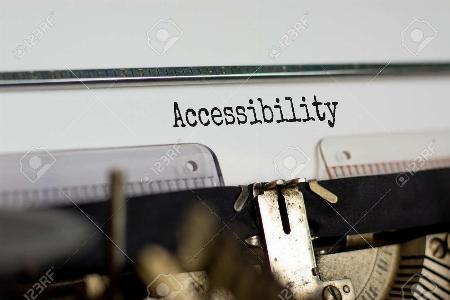If WCAG was a Band 🎤🎸
If WCAG was a Band. Get ready to Rock & Roll with the WCAG & The Accessibility All-Stars Band ⭐️ Lead Singer: ‘Perceivable’ 🗣️ – With a voice that’s clear and unmistakable, Perceivable makes sure everyone can see and hear the show without missing a beat. No hidden tracks or […]
Read more